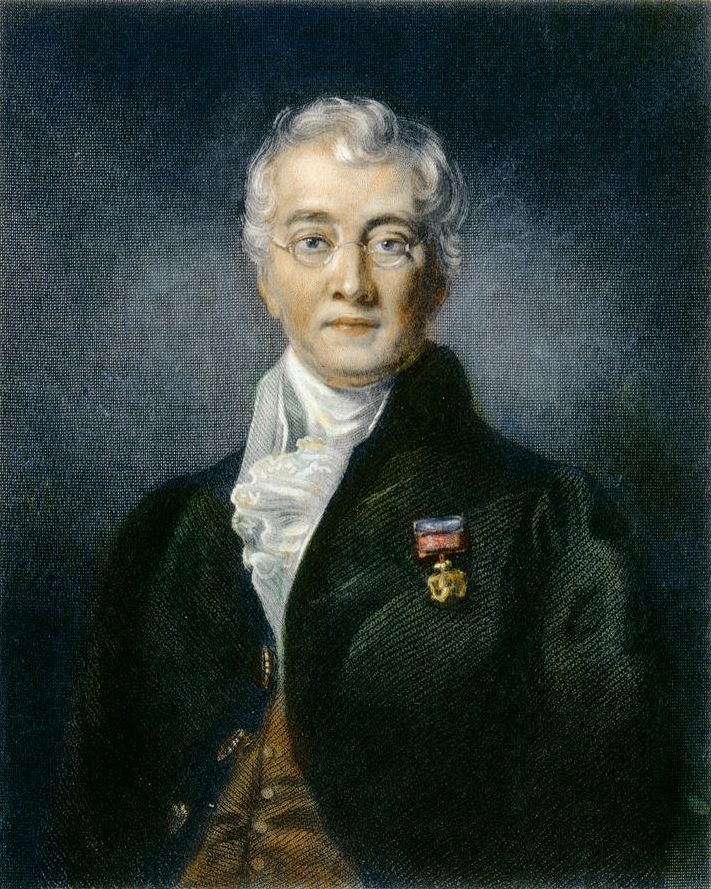
1) Bell's palsy (BP) is typically defined as an IDIOPATHIC unilateral LMN type CN7 palsy.
It is named after the Scottish neurophysiologist, Charles Bell. (vide infra)
It is named after the Scottish neurophysiologist, Charles Bell. (vide infra)

2) But an LMN type CN 7 palsy is NOT the same as Bell's palsy.
It is merely the idiopathic form, often thought to be due to herpes or varicella induced direct nerve damage or as post infectious demyelination.
It is merely the idiopathic form, often thought to be due to herpes or varicella induced direct nerve damage or as post infectious demyelination.
3) There are certain RED FLAGS in the diagnosis of an LMN type CN 7 palsy.
1. Vesicles on the tympanic membrane or ear canal (Ramsay Hunt syndrome type 2)
2. Bilateral involvement - Lyme disease, sarcoid, GBS, Melkersson-Rosenthal syndrome, Mobius syndrome etc!
1. Vesicles on the tympanic membrane or ear canal (Ramsay Hunt syndrome type 2)
2. Bilateral involvement - Lyme disease, sarcoid, GBS, Melkersson-Rosenthal syndrome, Mobius syndrome etc!
4)
3. Systemic manifestations --> fever, bleeding diathesis, rash etc --> we had a case of leukemia with middle ear bleed (hemotympanum) --> facial nerve palsy.
If you are in the US, you must look for the rash of Lyme disease!
3. Systemic manifestations --> fever, bleeding diathesis, rash etc --> we had a case of leukemia with middle ear bleed (hemotympanum) --> facial nerve palsy.
If you are in the US, you must look for the rash of Lyme disease!
5)
4. Sudden onset with maximal severity at onset
5. Insidious onset of symptoms
6. Progressive worsening beyond 3 weeks
7. No recovery at all beyond 4 months
These are hard RED FLAG signs for Bell's palsy.
4. Sudden onset with maximal severity at onset
5. Insidious onset of symptoms
6. Progressive worsening beyond 3 weeks
7. No recovery at all beyond 4 months
These are hard RED FLAG signs for Bell's palsy.
6) The last 3 red flags are important to rule out --> a tumour of the pontomedullary junction (intra or extra axial), CP angle tumours, internal acoustic canal, middle ear and the parotid gland +/- mets to the same!
7) Rarely, a lesion restricted to the lower motor branches of the facial nerve (that supply the superficial muscles of facial expression) --> can mimic a UMN type of CN 7 palsy as well --> beware of these cases!
8) Ear discharge +/- earache +/- ear fullness --> you must rule out middle ear pathology like a choleasteatoma/COM.
Severe infection in these causes can cause petrous ridge osteomyelitis of the temporal bone --> Gradenigo syndrome --> triad of CN 6,7 palsy, retroorbital pain
Severe infection in these causes can cause petrous ridge osteomyelitis of the temporal bone --> Gradenigo syndrome --> triad of CN 6,7 palsy, retroorbital pain
9) One must never forget to ask about tinnitus and vertiginous sensations +/- frank dizziness.
Since CP angle tumours like vestibular schwannoma are very slow growing, the asymmetry of vestibular input develps very slowly --> patients can complain of only very mild dizziness!
Since CP angle tumours like vestibular schwannoma are very slow growing, the asymmetry of vestibular input develps very slowly --> patients can complain of only very mild dizziness!
10) As we can see, Bell's palsy is very different from a CN7 palsy of the LMN type.
Missing out on important diagnoses and labelling something as an idiopathic variety without a proper evaluation ---> NO NO!
#MedTwitter
#NeuroTwitter
#JustinBieber
#RamsayHuntSyndrome
Missing out on important diagnoses and labelling something as an idiopathic variety without a proper evaluation ---> NO NO!
#MedTwitter
#NeuroTwitter
#JustinBieber
#RamsayHuntSyndrome
Please retweet if you find this useful. I have seen many cases of misdiagnosed CN 7 palsy (LMN type) in my residency --> it is important that physicians not miss the red flags --> this will optimize outcomes for patients.
Here is a case of a pontine stroke causing isolated facial weakness mimicking Bell's palsy!
jmedicalcasereports.biomedcentral.com/articles/10.11…
jmedicalcasereports.biomedcentral.com/articles/10.11…
• • •
Missing some Tweet in this thread? You can try to
force a refresh



